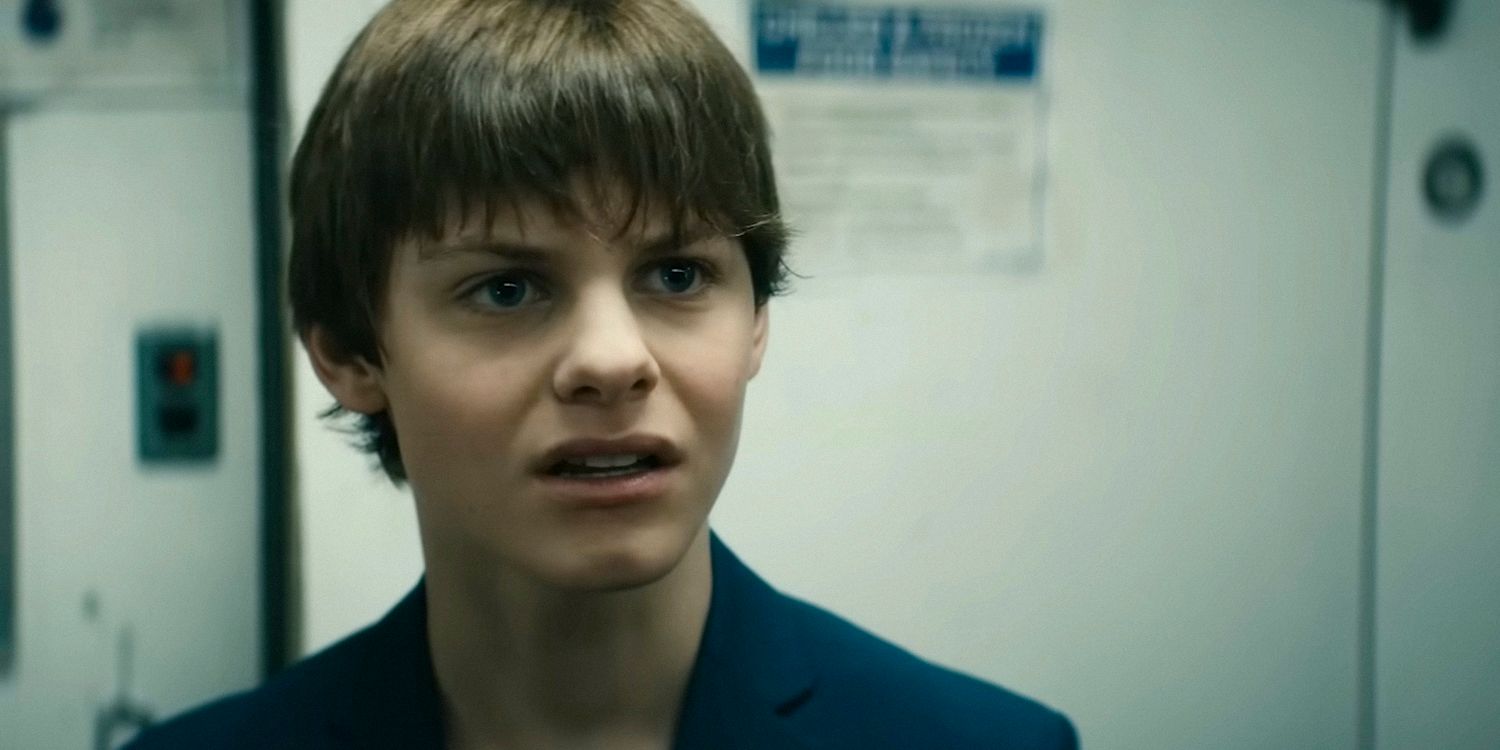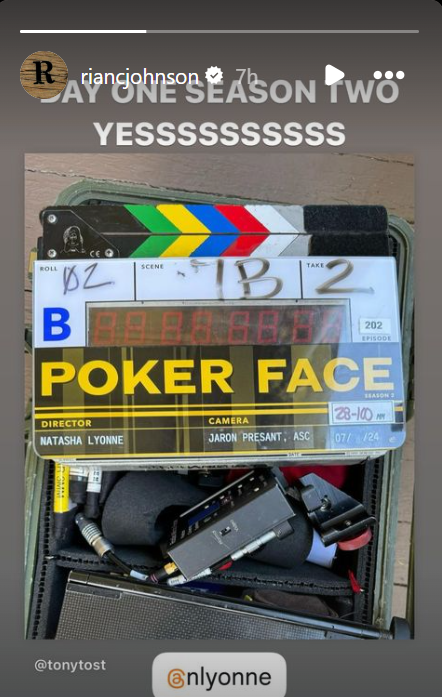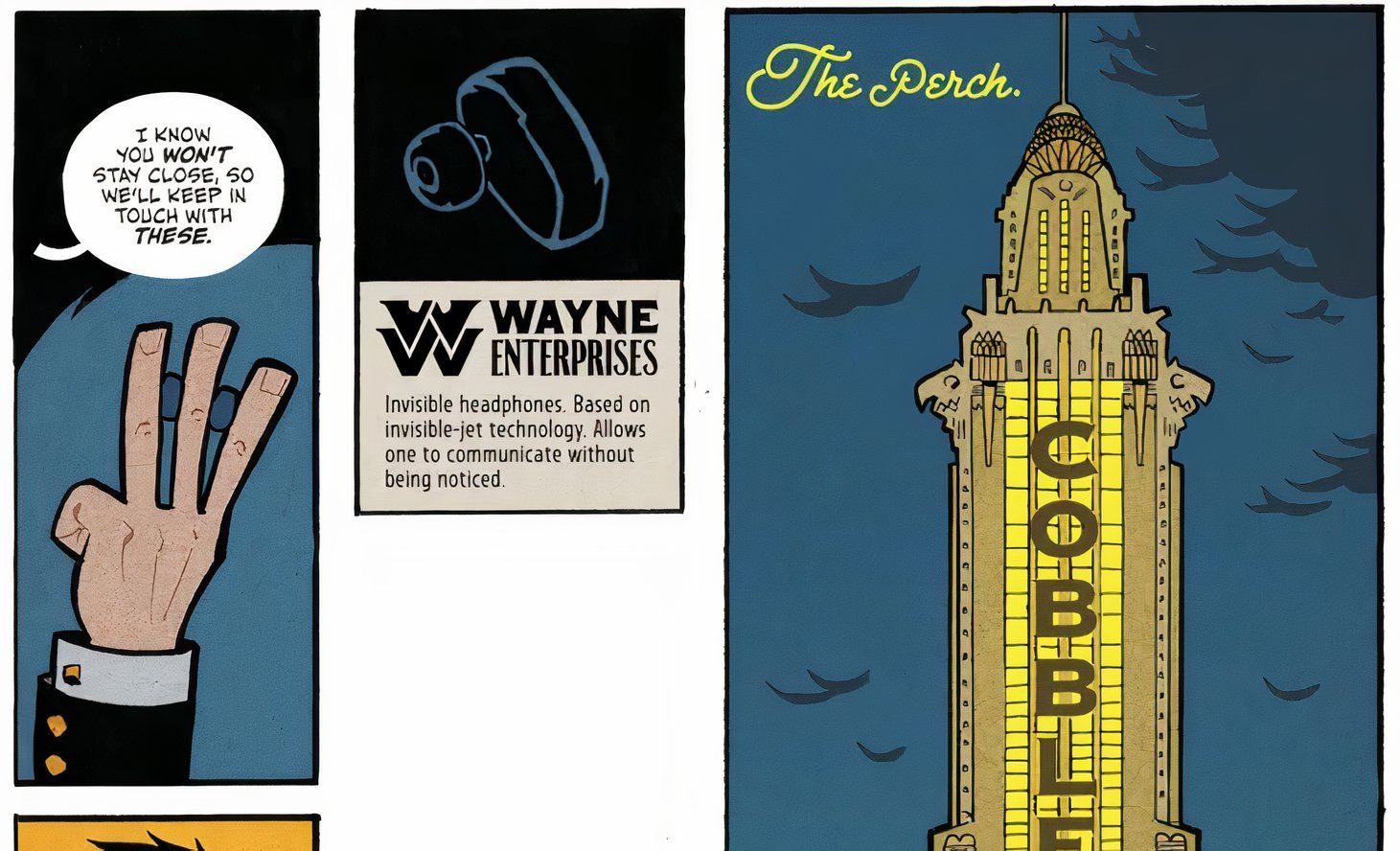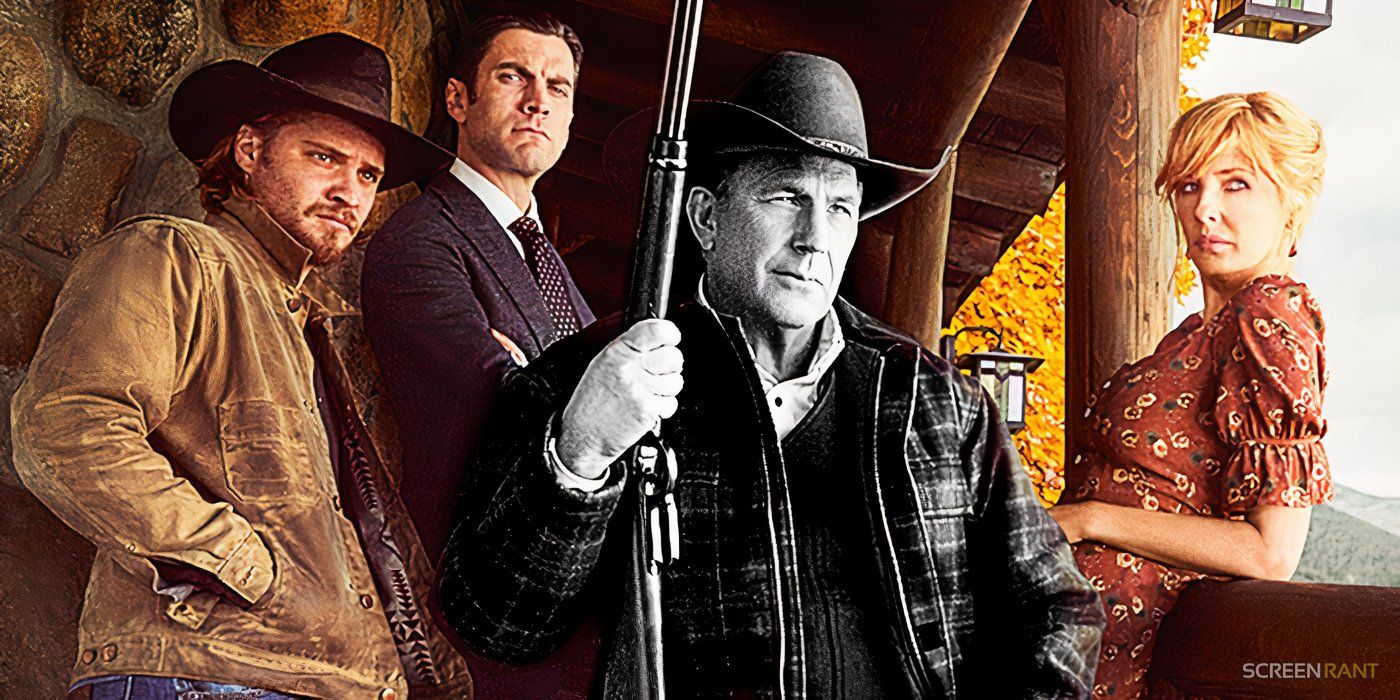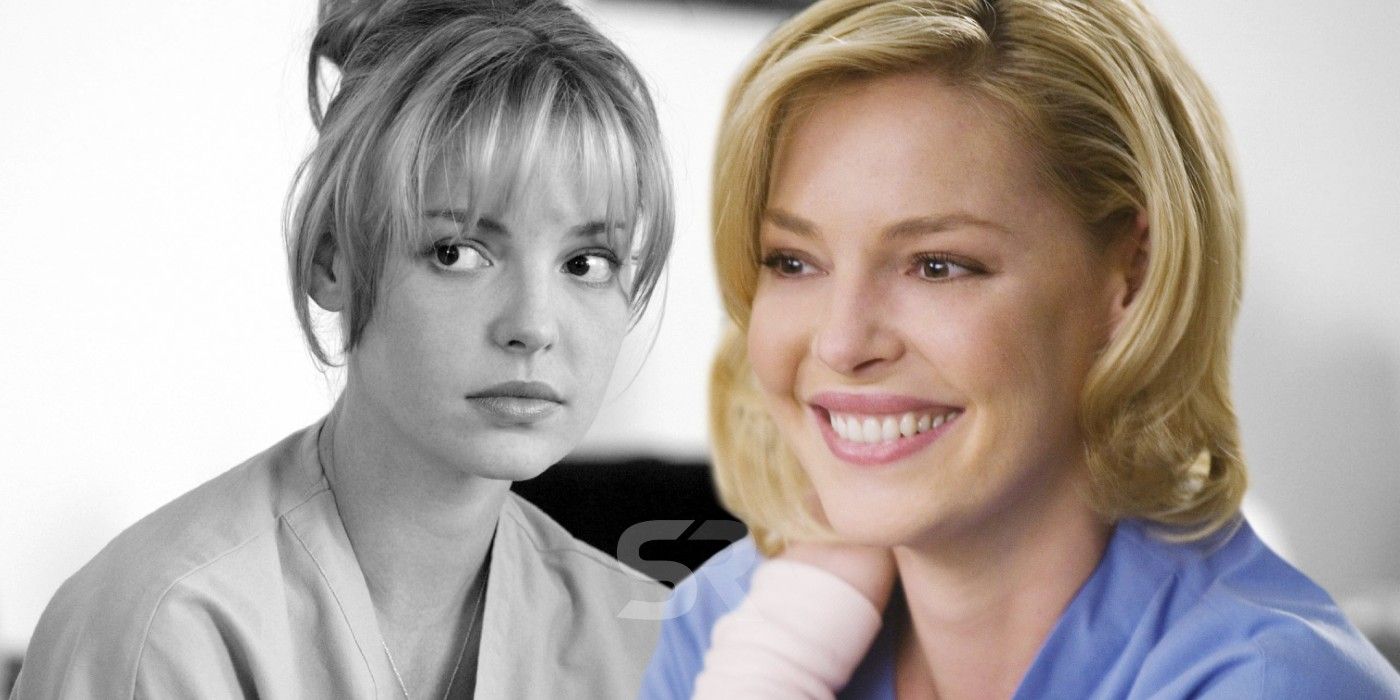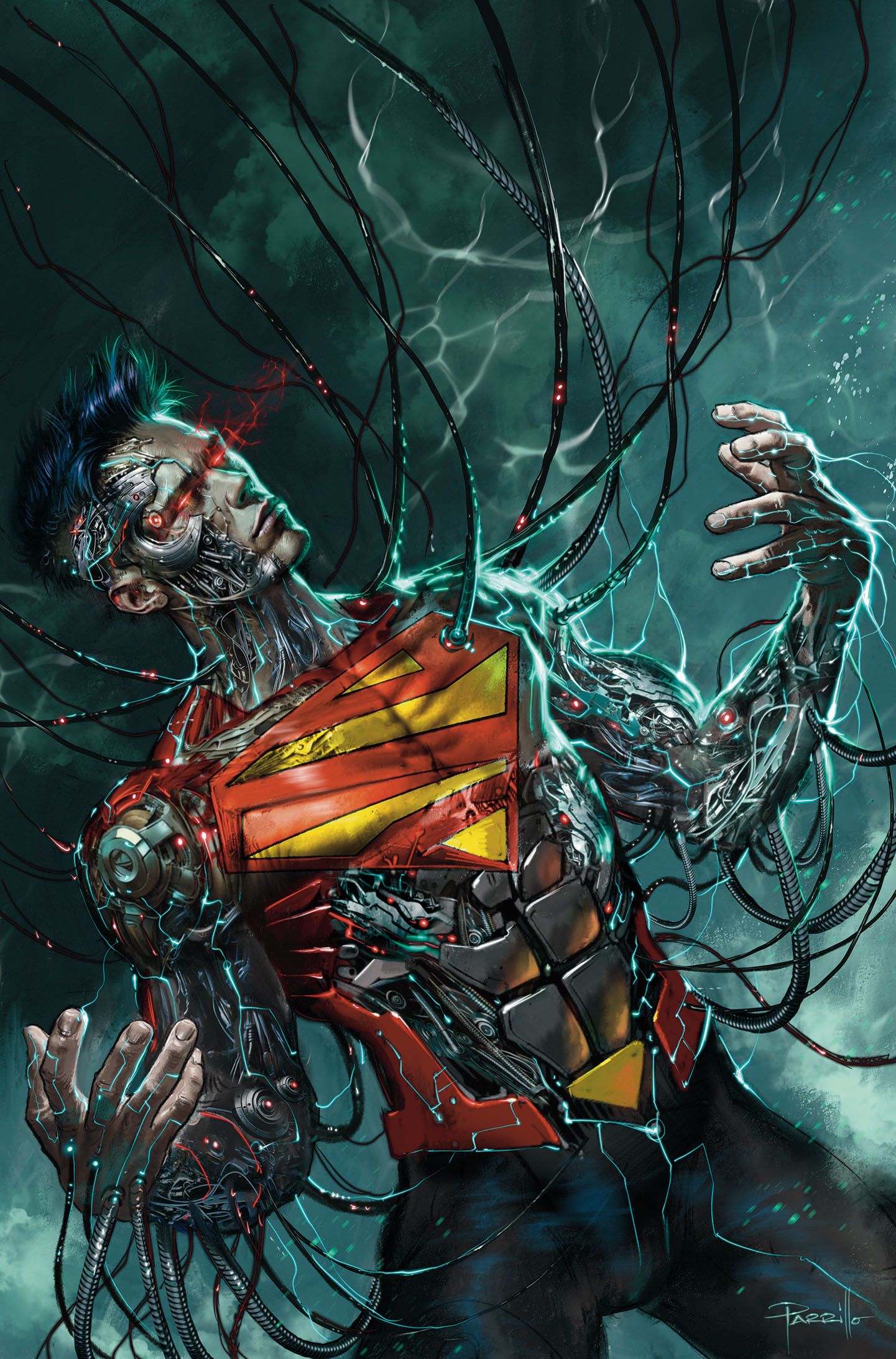Made on a shoestring budget, 1978’s Halloween revolutionized the horror genre. Although Psycho technically falls into the category and hit theaters almost two decades earlier, Halloween is widely recognized as the first slasher movie. After the success of Halloween, producers quickly realized that they could reduce its formula to a cheap science and pump out slasher after slasher for next to no money.
But John Carpenter’s film has a certain artistry and serious care for the building of suspense, that those copycats have mostly been missing. So, here are 10 fascinating behind-the-scenes facts about the original 1978 Halloween movie.
MICHAEL MYERS’ MASK IS A WILLIAM SHATNER MASK
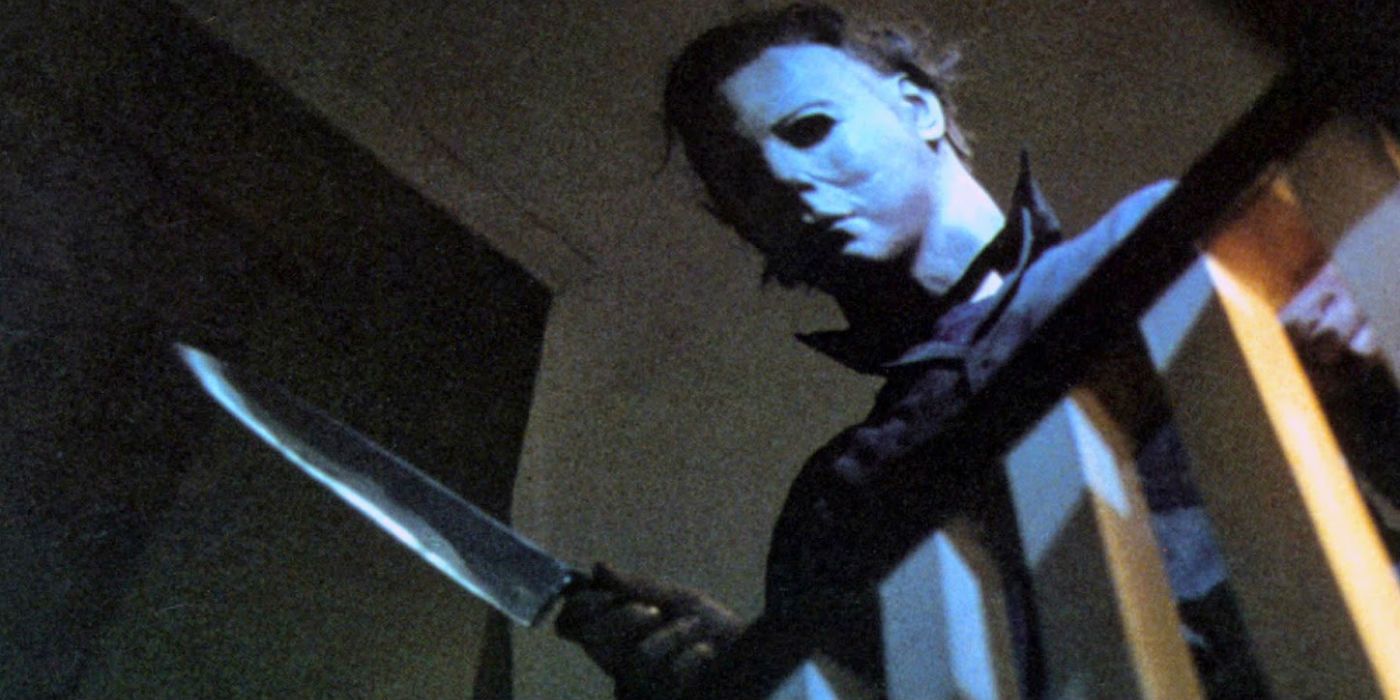
Let’s start off with the most famous behind-the-scenes detail from Halloween: Michael Myers’ mask was actually a William Shatner mask that the filmmakers painted fish-belly white. The prop team brought two potential masks to John Carpenter. One was a smiling clown mask with frizzy red hair, which would link back to how Michael killed his sister in the prologue.
The other was the Shatner mask, which cost the crew around $1. Although they originally settled on the clown mask, the crew later realized that the emotionless Shatner mask was a lot scarier.
JOHN CARPENTER COMPOSED THE SCORE IN UNDER FOUR DAYS
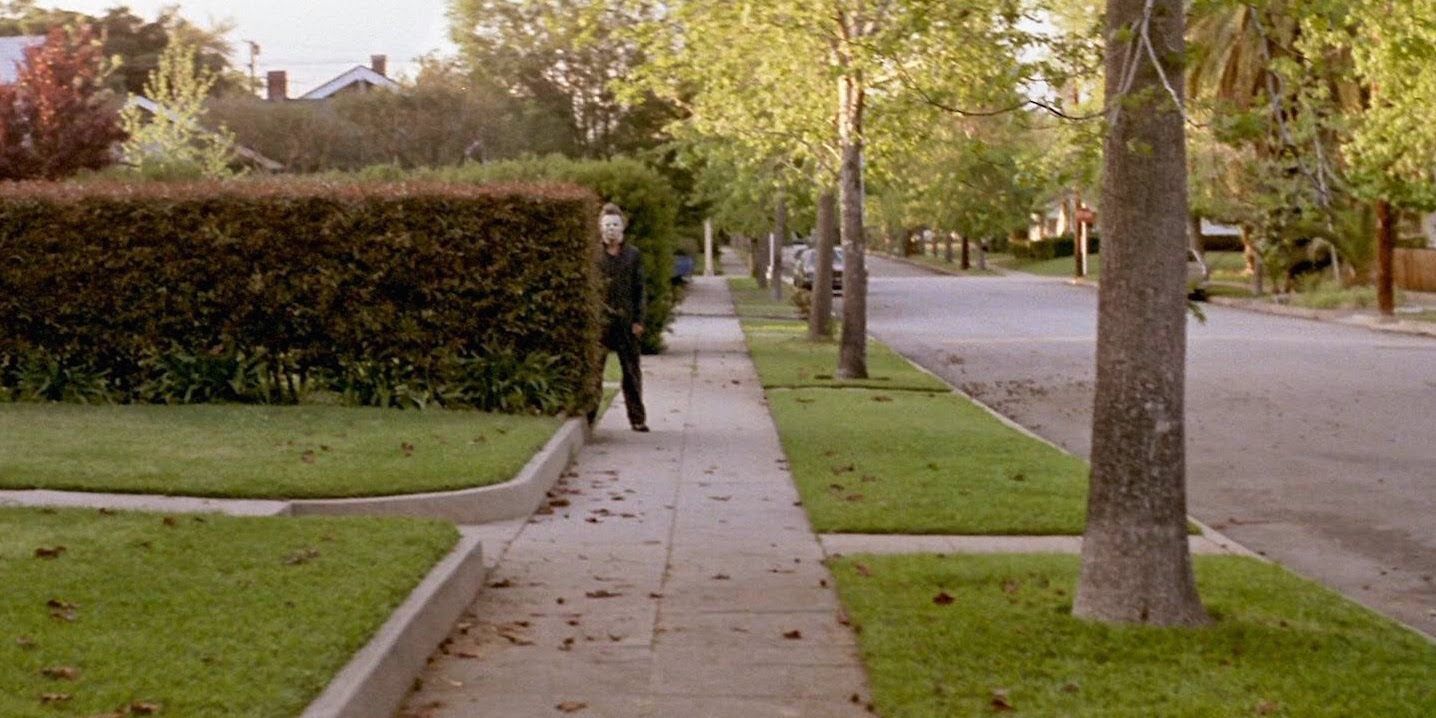
There are a number of conflicting reports about how long it took John Carpenter to compose the score for Halloween. Some say it took four days; others say it took only three days. Either way, he produced the score at a rapid rate. Carpenter wrote the iconic theme in an unusual time signature (5/4) that he learned from his dad.
The Bowling Green Philharmonic Orchestra is credited for the score, but Carpenter actually recorded most of it on his own piano at home, with Dan Wyman making alterations with an old synthesizer.
THE ORIGINAL SCRIPT, THE BABYSITTER MURDERS, WAS SET OVER A FEW DAYS
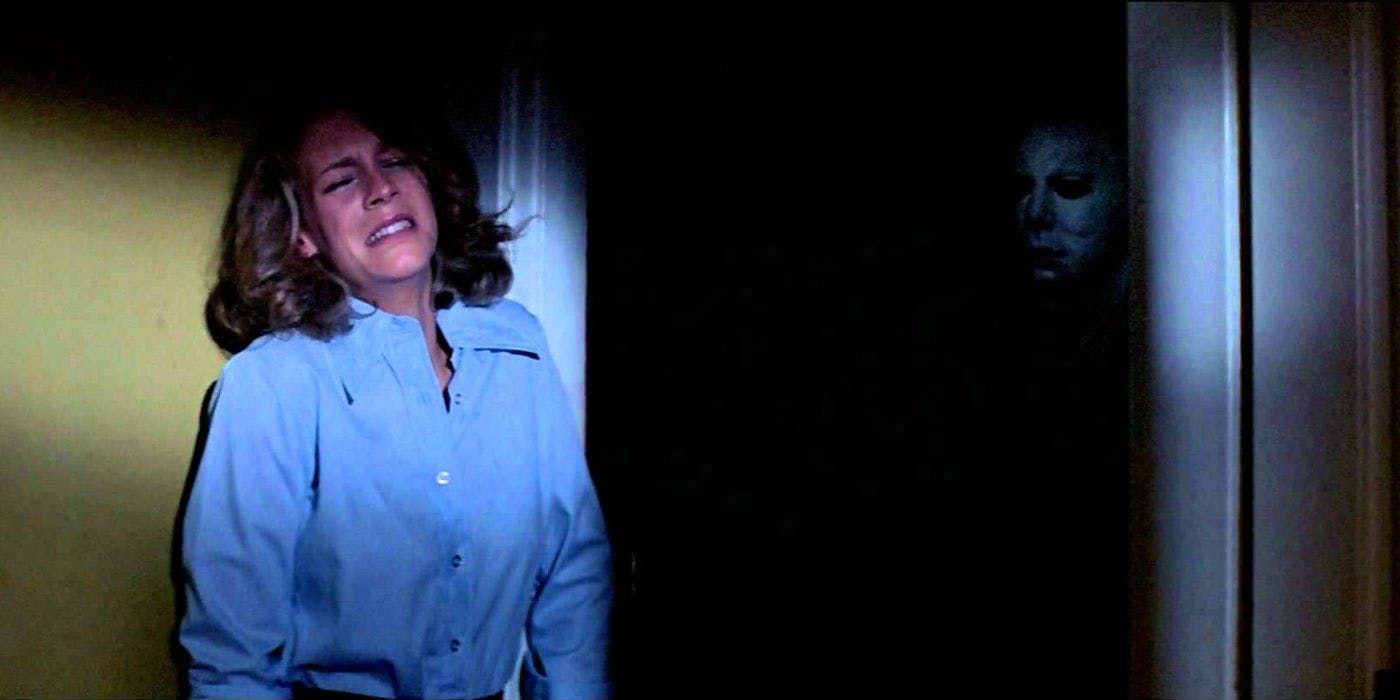
The script for Halloween was originally titled The Babysitter Murders. It was producer Irwin Yablans who encouraged John Carpenter to change it to Halloween, and according to Carpenter, the story only really began to take shape when he had that title.
The original script was set over a few days, but Carpenter condensed it to a single night – Halloween, the scariest night of the year – to save money on costume changes and the number of filming locations.
CHRISTOPHER LEE AND PETER CUSHING TURNED DOWN THE ROLE OF DR. LOOMIS
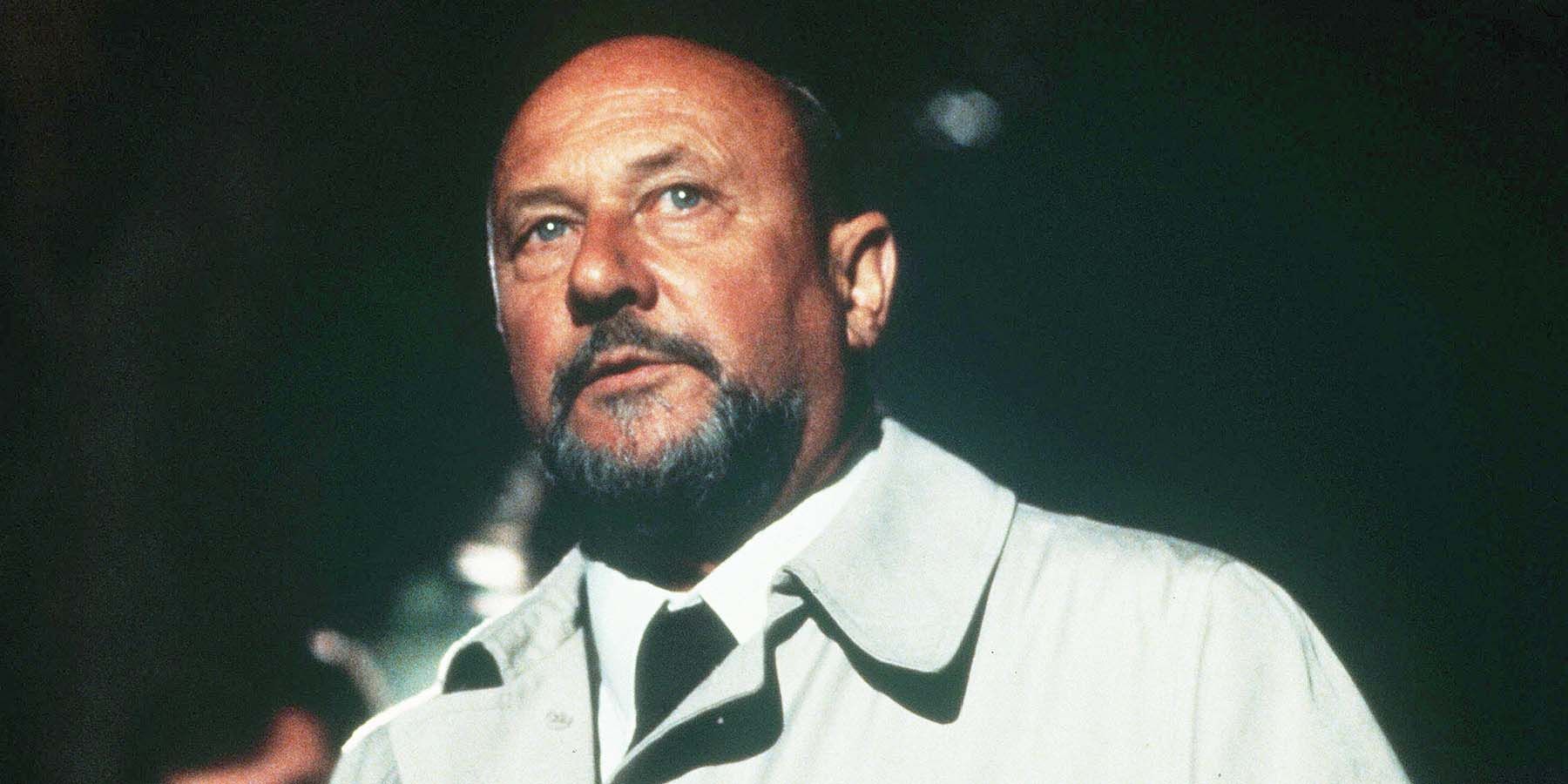
The first actors who were approached for the role of Dr. Loomis were horror legends Christopher Lee and Peter Cushing, who both turned it down because the budget was too low. Lee later regretted the decision to refuse the part.
The role was offered to John Belushi, Lloyd Bridges, Mel Brooks, Yul Brynner, David Carradine, Kirk Douglas, Dennis Hopper, Kris Kristofferson, Walter Matthau, Peter O’Toole, and Lawrence Tierney before Donald Pleasence got it.
THE CREW SPENT HALF THEIR BUDGET GETTING THE RIGHT ASPECT RATIO
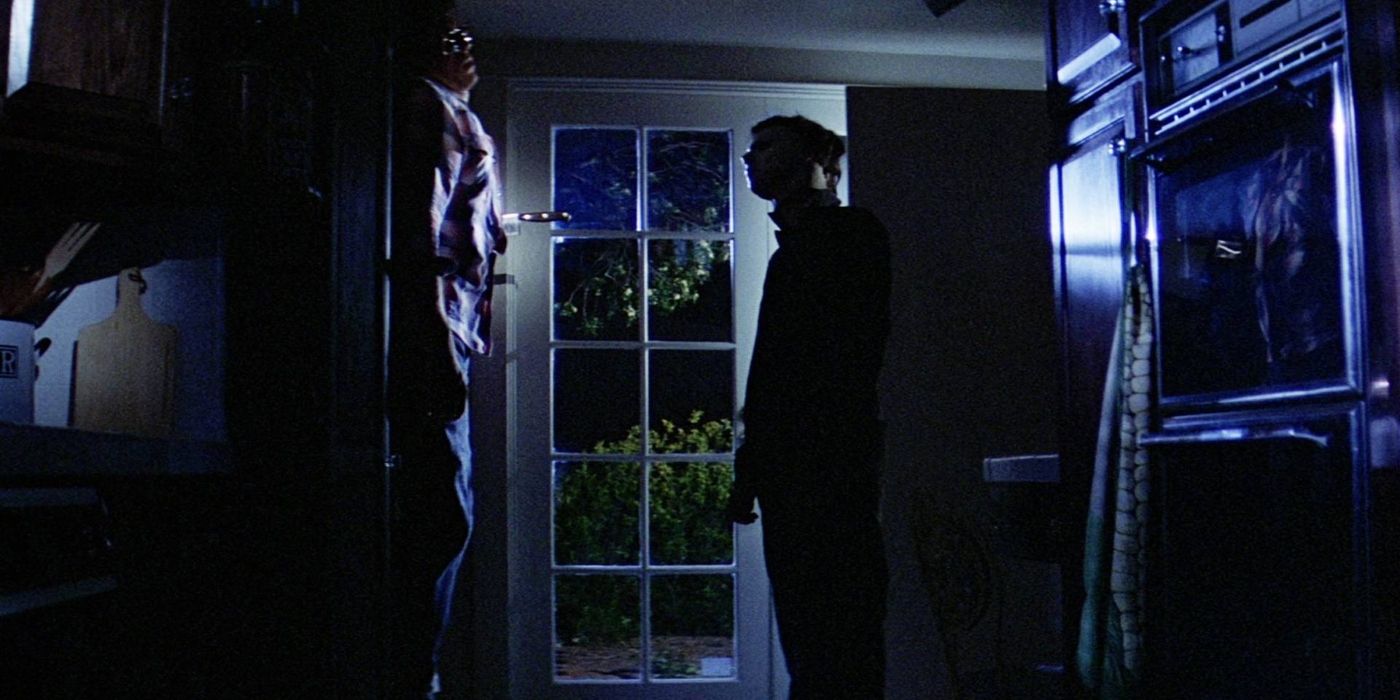
Made for a relatively minuscule budget of $300,000, Halloween was shot over the course of 20 days and went on to become the highest-grossing indie movie of all time. When John Carpenter first brought the film to investor Moustapha Akkad, Akkad was in the middle of production on a major movie with Laurence Olivier that was costing $300,000 a day.
So, when Carpenter said that his whole film would cost $300,000, Akkad agreed to fund the whole thing on the spot. Half of this budget was spent on securing Panavision cameras so that the film would have a more cinematic 2.35:1 aspect ratio.
THE SCRIPT REFERRED TO MICHAEL MYERS AS “THE SHAPE”
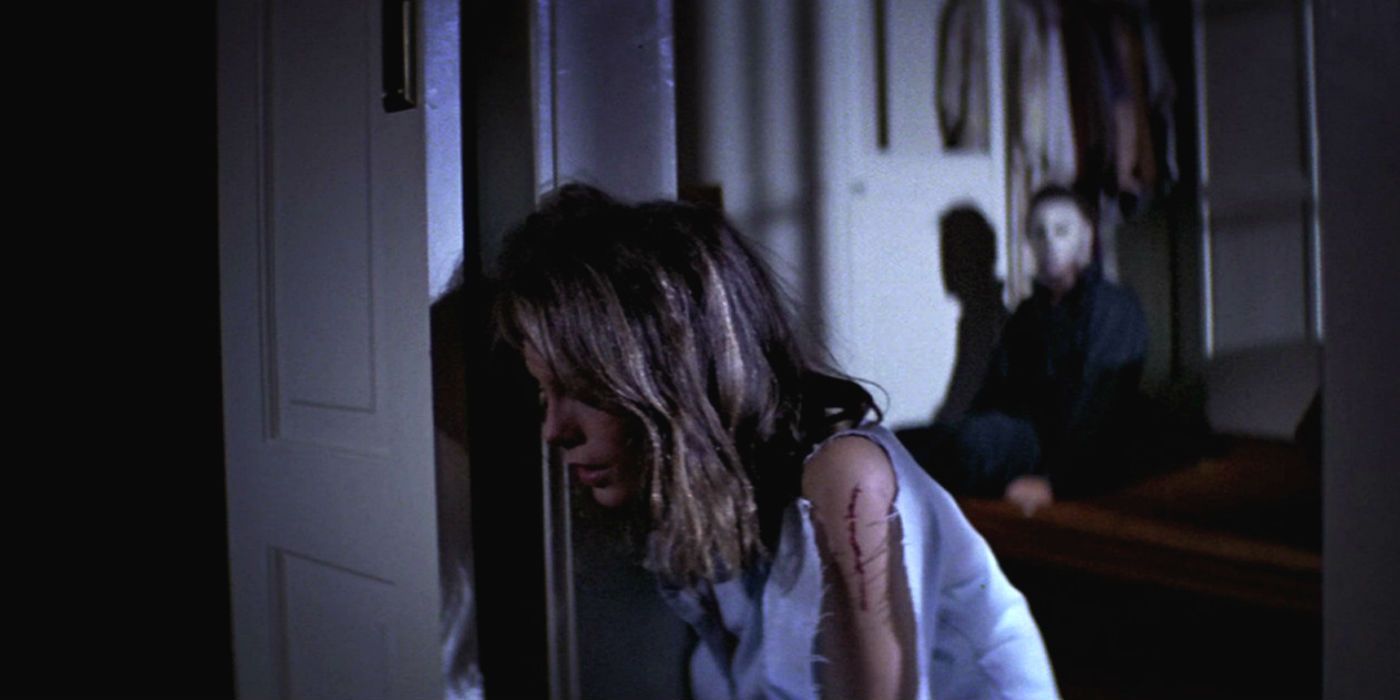
The script only mentions Michael Myers by name just twice. Outside of the opening scene and the moment in which Laurie partly pulls off his mask, the script only refers to Michael as a “shape.”
In the credits, he isn’t credited as Michael; he’s credited as “The Shape.” John Carpenter didn’t want to humanize Michael. He wanted him to be a character that audiences couldn’t relate to.
JAMIE LEE CURTIS WAS CAST AS A TRIBUTE TO ALFRED HITCHCOCK
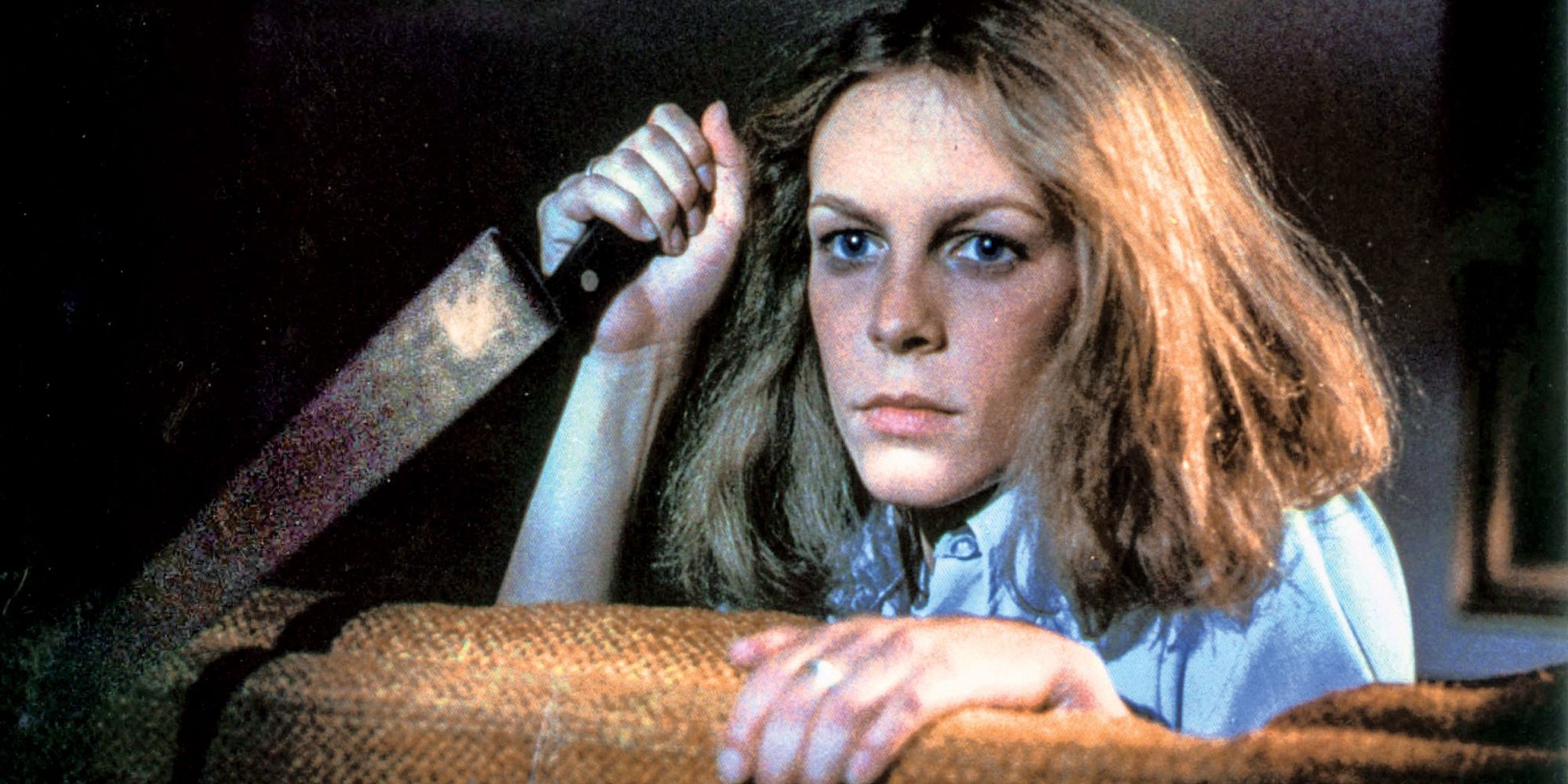
After shooting her first few scenes, Jamie Lee Curtis worried she’d given a bad performance until John Carpenter called to congratulate her. The director had initially cast Curtis as a tribute to Alfred Hitchcock, who had cast Curtis’ mother Janet Leigh in the lead role in his seminal 1960 horror thriller Psycho.
Out of all the female leads, who were playing high school students, Curtis was the only one who was actually a teenager at the time of filming. Carpenter shot the film out of sequence, so he gave Curtis a “fear meter” to give her an idea of how scared she should be in each scene.
JOHN CARPENTER GOT THE IDEA AFTER SEEING AN EVIL CHILD IN A PSYCHIATRIC HOSPITAL

The idea for the character of Michael Myers came to John Carpenter when he was in college. He went on a tour of a psychiatric hospital and saw that one of the patients was a little boy.
When he met the boy, he just stared at him coldly with a look of evil in his eye. Carpenter was terrified by this child, and Michael was born.
NICK CASTLE PLAYS MICHAEL MYERS – BUT NOT HIS FACE

Aside from some minor pickup shots, Halloween features Nick Castle in the boiler suit and Shatner mask as Michael Myers. Castle was an old friend of John Carpenter’s. He initially only came to the set to see the movie being filmed, but Carpenter thought he had the build and the walk to play Michael.
When Laurie pulls off Michael’s mask, however, the face that is briefly glimpsed is that of Tony Moran. Carpenter wanted Michael’s face to reveal an angelic quality that would contrast with his heinous acts of murder, and Castle’s face didn’t fit the bill, which he accepted.
ORIGINALLY, DR. LOOMIS WAS SURPRISED THAT MICHAEL WAS GONE AT THE END
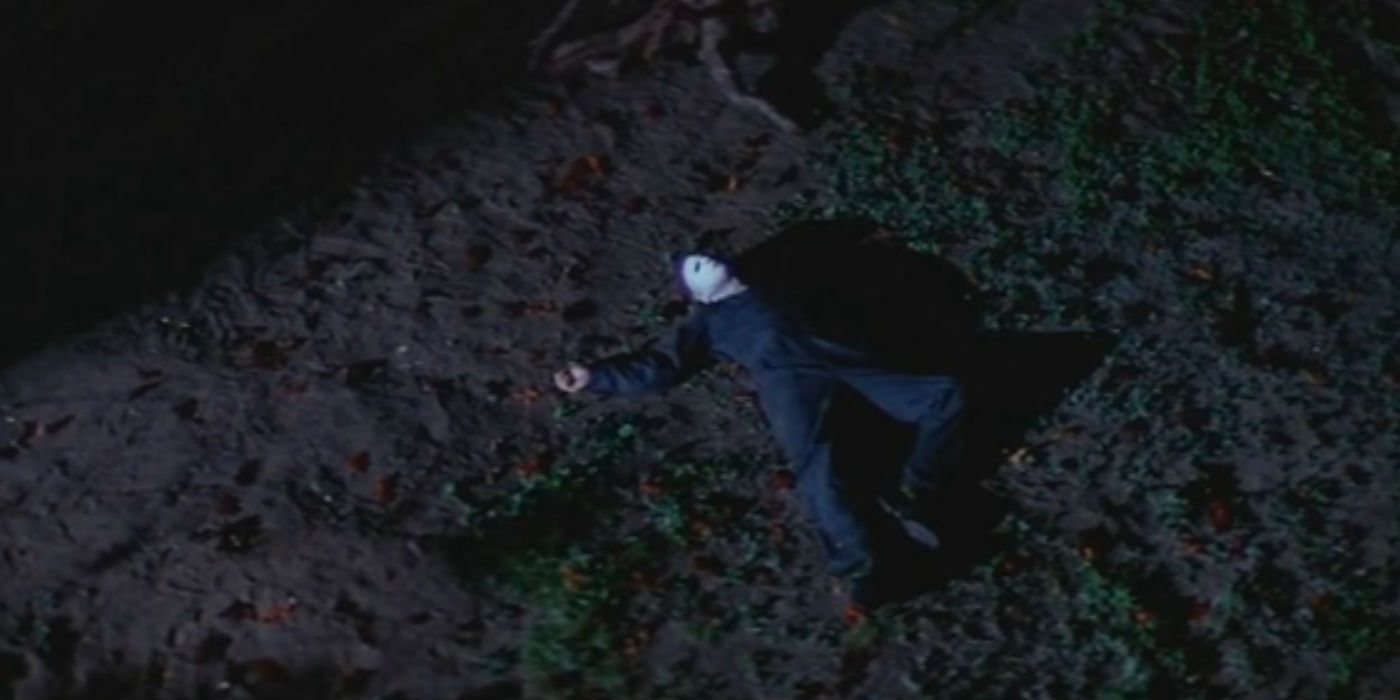
In the original script, at the very end, Dr. Loomis was surprised to see that Michael’s body had disappeared from the lawn. However, when it came to shooting the scene, Donald Pleasence suggested that Loomis wouldn’t be surprised, and his reaction would be more like he expected it to happen.
John Carpenter agreed to shoot the reaction both ways and ended up liking Pleasence’s version better.
